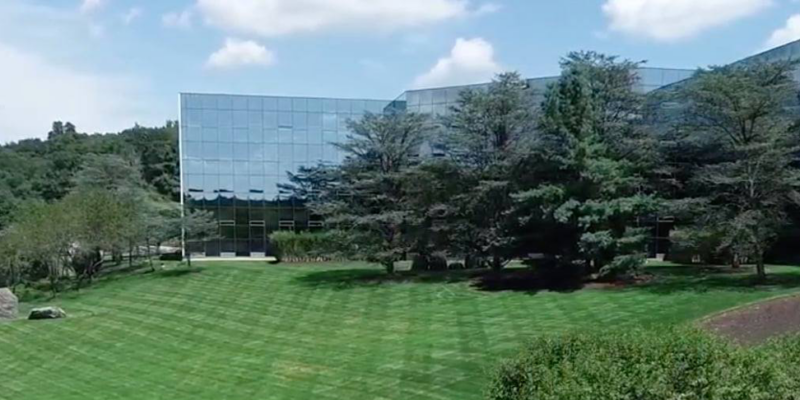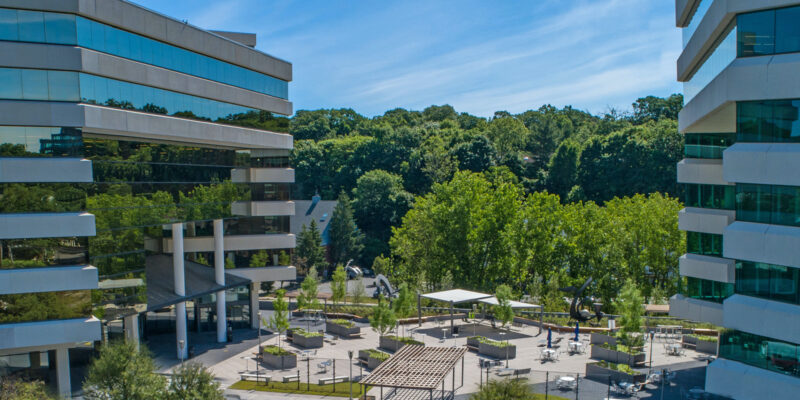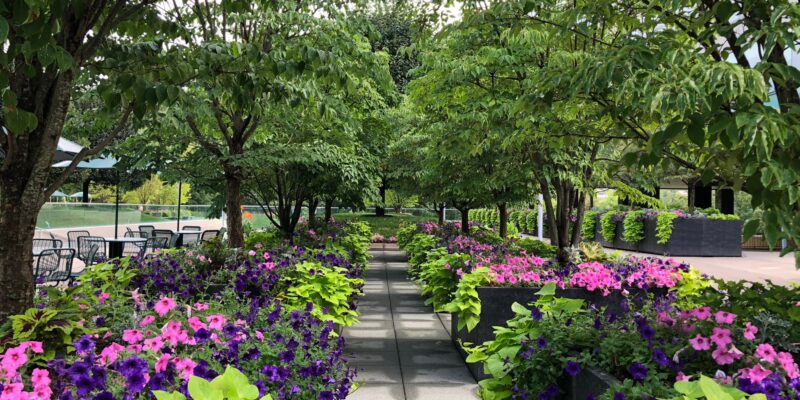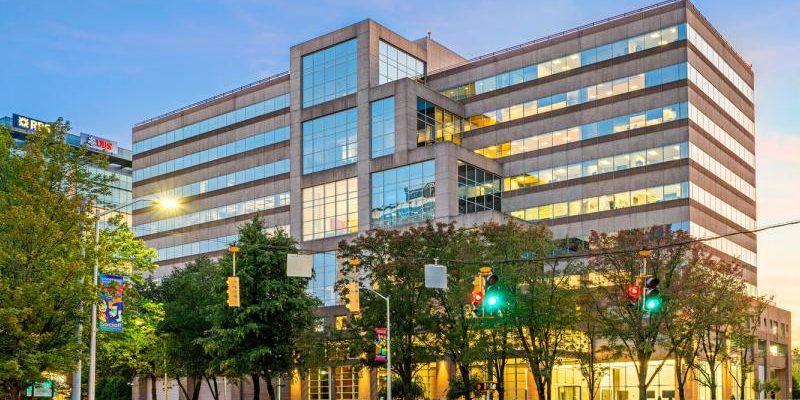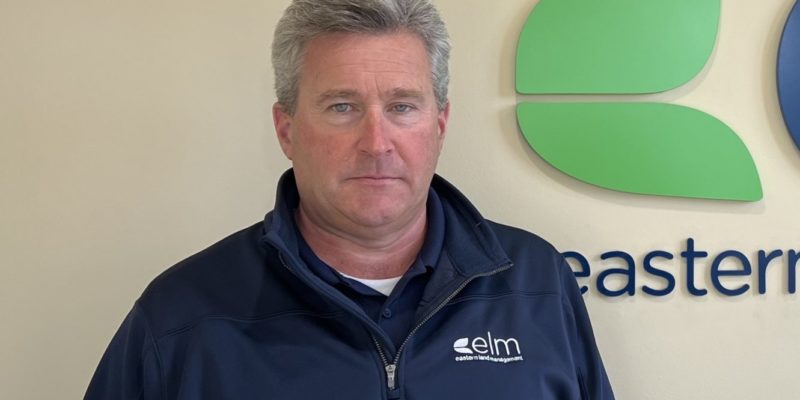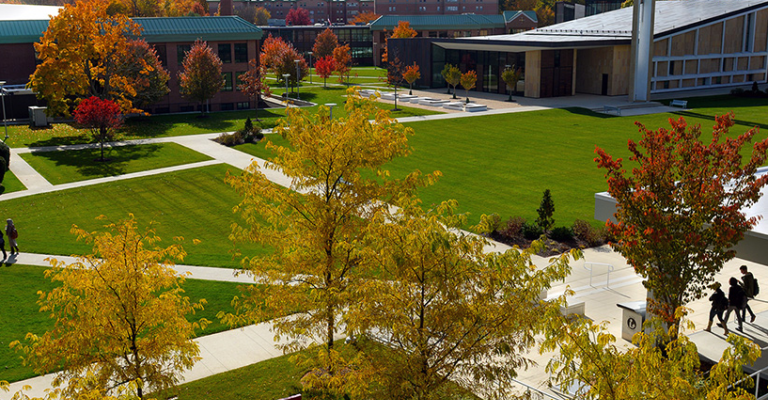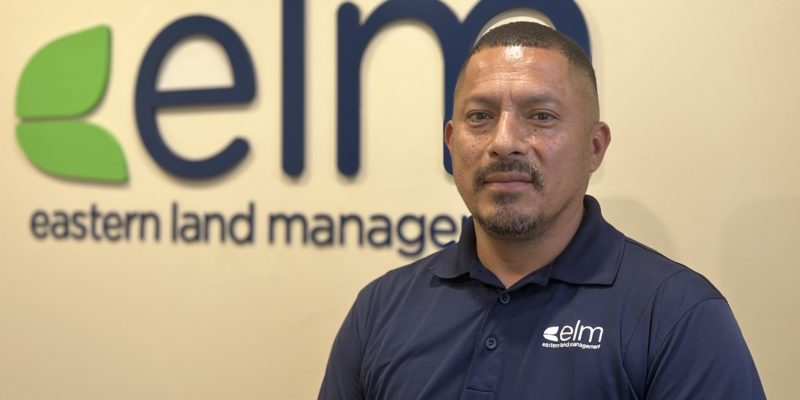Stunningly beautiful, incredibly lush–the look and feel and relationship people have with your landscape is part of the interplay between your business and biodiversity, and the economics of investment into one of the most important ways to create and sustain asset value. The starting point is understanding the business case landscape makes for having more nature outside your front door.
With spring ushering in longer days, and even longer to-do lists, getting your landscape ready to take on summer puts your property in the cross-hairs of opportunity: make progress on EV and net zero goals, improve water management and plant health, tackle pests and disease, upgrade worn or dated hardscape, green-up infrastructure, and take action on nature and climate-related risks.
Finding the right partner can help.
Our full-service all-season landscape maintenance contract includes a good turf and perennial program, annual flower rotation, spring and fall seasonal issue targeting and clean-up, irrigation maintenance and water conservation, tree and shrub care, aeration and overfeeding, plant health care, and mulch. We also have a wide range of enhancements that improve green performance and curb appeal, a strong sustainability framework in place that includes snow and ice services in winter, and ways to help you drive progress on net zero and climate-action goals.
It’s not complicated to get started. We’ve made the process easier than ever. Follow these four simple steps.
1. Send us a RFP – Request for Proposal – with specs and scope of work, and stretch goals we can look at separately. This will give you a quick apples-to-apples number plus learn if your stretch goals are a cost-efficient tuck-in.
2. Ask us about our employees’ training and certification, and verification; about our memberships in professional organizations, the awards we’ve won, and our leadership in sustainability.
3. Don’t forget to ask about our reputation for quality and delivery, and experience on projects just like yours. Ask us what we’re doing to improve water conservation, drive progress on green goals, or meet LEED criteria; and be sure to check out social media to see what others have to say about the work we do.
4. Include deadlines and timelines so we can get you what you need when you need it, with some wiggle room up front so we have time to cover everything.
Better yet, give us a call. We’d love to add you to our list of CRE partners in Fairfield, New Haven and Westchester Counties.
Contact us at (203) 316-5433. We can’t wait to hear from you.

